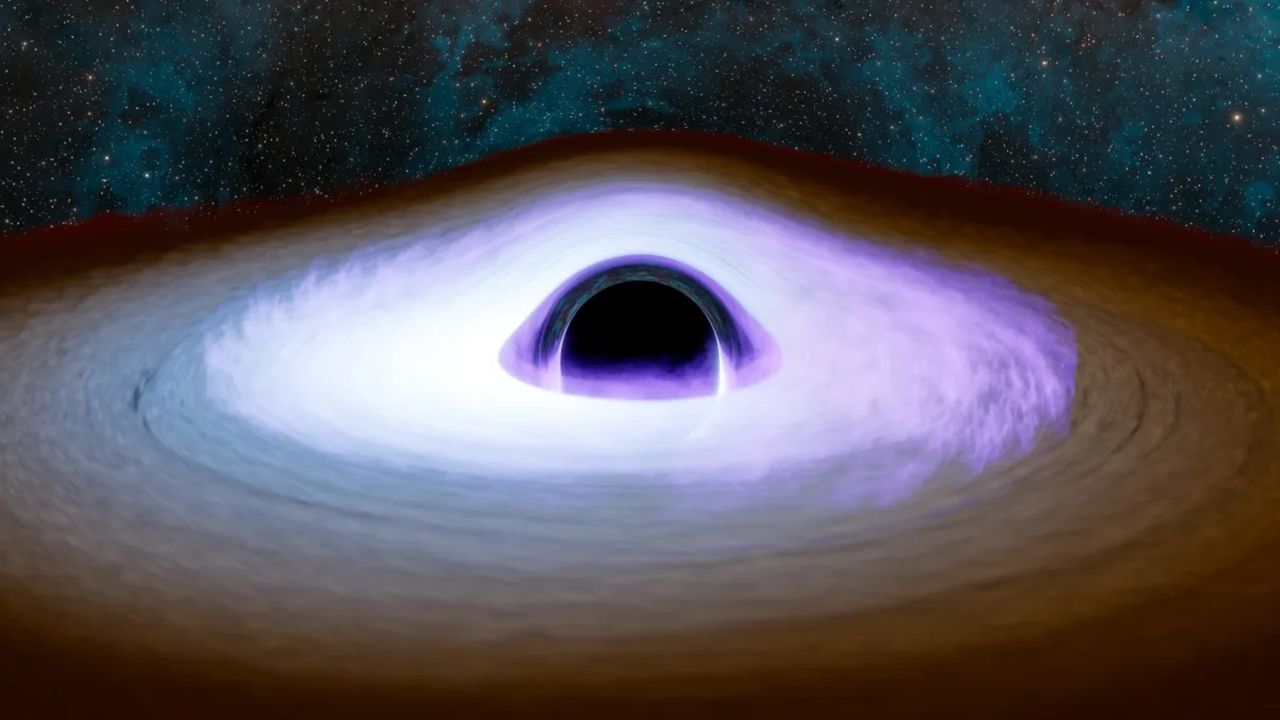Now Reading: X-Ray Telescope Reveals Surprising Discovery Around ‘Heartbeat Black Hole
-
01
X-Ray Telescope Reveals Surprising Discovery Around ‘Heartbeat Black Hole
X-Ray Telescope Reveals Surprising Discovery Around ‘Heartbeat Black Hole

Fast Summary:
- NASA’s Imaging X-ray Polarimetry Explorer (IXPE) observed the black hole IGR J17091‑3624, located 28,000 light-years from Earth, in a binary system where it feeds on matter from a companion star.
- Nicknamed the “heartbeat” black hole due to its rhythmic pulses in brightness caused by fluctuations within its accretion disk and corona emitting high-temperature X-rays.
- IXPE’s measurements revealed an unexpectedly high polarization degree of 9.1%, challenging existing theoretical models about black hole environments.
- Two new hypotheses were introduced to explain this anomaly:
– Winds from the accretion disk scattering X-rays into higher polarization states.
– Fast outward movements of the corona amplifying polarization through relativistic effects.
- These findings may provide critical insights into black hole growth processes and were published in Monthly Notices of the Royal Astronomical Society on May 27.
!An illustration of the black hole IGR J17091‑3624
Image credit: NASA/Caltech-IPAC/robert Hurt.
Indian Opinion Analysis:
The recent observations by NASA’s IXPE expand global understanding of how cosmic phenomena like black holes interact with thier environments. India’s substantial investment in space research and astronomy positions it well to contribute further studies that leverage these findings. By examining novel mechanisms such as polarized winds or rapidly moving coronas around such celestial objects, Indian scientists could integrate these discoveries into broader inquiries about galaxy formation and evolution. Moreover, collaborations with global space agencies could strengthen India’s astrophysics programs while inspiring advancements for domestic satellite probes focused on X-ray detection systems.
Understanding fundamental forces governing entities like “heartbeat” black holes might also play a role in future technological applications tied to extreme physics or artificial simulations using supercomputing infrastructure currently developing across India.























